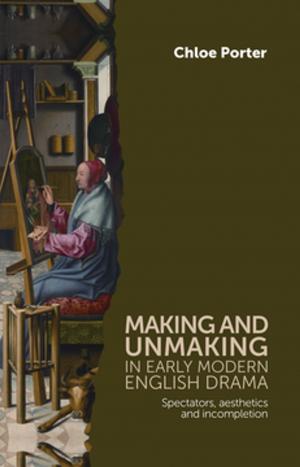Barry Hines
Kes, Threads and beyond
Fiction & Literature, Literary Theory & Criticism, British, Nonfiction, Entertainment, Film, History & Criticism, Performing Arts| Author: | David Forrest, Sue Vice | ISBN: | 9781526123756 |
| Publisher: | Manchester University Press | Publication: | November 19, 2017 |
| Imprint: | Manchester University Press | Language: | English |
| Author: | David Forrest, Sue Vice |
| ISBN: | 9781526123756 |
| Publisher: | Manchester University Press |
| Publication: | November 19, 2017 |
| Imprint: | Manchester University Press |
| Language: | English |
Barry Hines’s novel A Kestrel for a Knave, adapted for the screen as Kes, is one of the best-known and well-loved novels of the post-war period, while his screenplay for the television drama Threads is central to a Cold War-era vision of nuclear attack. But Hines published a further eight novels and nine screenplays between the 1960s and 1990s, as well as writing eleven other works which remain unpublished and unperformed. This study examines the entirety of Hines’s work. It argues that he used a great variety of aesthetic forms to represent the lives of working-class people in Britain during the 1960s, 1970s, 1980s and into the post-industrial conclusion of the twentieth century. It also makes the case that, as well as his literary flair for poetic realism, Hines’s authorial contributions to the films of his novels show the profoundly collaborative nature of these works.
Barry Hines’s novel A Kestrel for a Knave, adapted for the screen as Kes, is one of the best-known and well-loved novels of the post-war period, while his screenplay for the television drama Threads is central to a Cold War-era vision of nuclear attack. But Hines published a further eight novels and nine screenplays between the 1960s and 1990s, as well as writing eleven other works which remain unpublished and unperformed. This study examines the entirety of Hines’s work. It argues that he used a great variety of aesthetic forms to represent the lives of working-class people in Britain during the 1960s, 1970s, 1980s and into the post-industrial conclusion of the twentieth century. It also makes the case that, as well as his literary flair for poetic realism, Hines’s authorial contributions to the films of his novels show the profoundly collaborative nature of these works.















